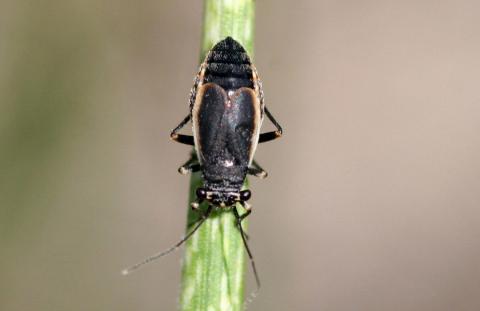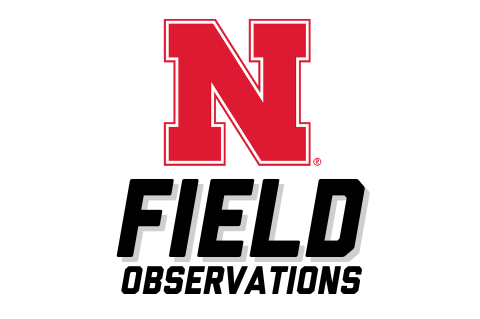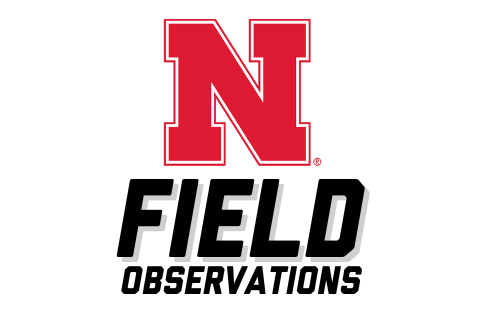
Crop Progress: Sorghum, Dry Bean Planting Back on Track
June 13, 2023
Sorghum and dry edible beans have returned to near-average planting pace thanks to a surge in fieldwork last week, and more than 90% of planted corn and soybeans have emerged in Nebraska.
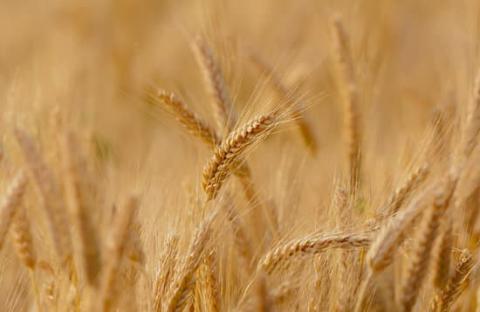
Nebraska’s Wheat Crop Production Report for June 2023
June 12, 2023
Nebraska's 2023 winter wheat crop is currently forecast at 33.0 million bushels, up 26% from last year's crop.
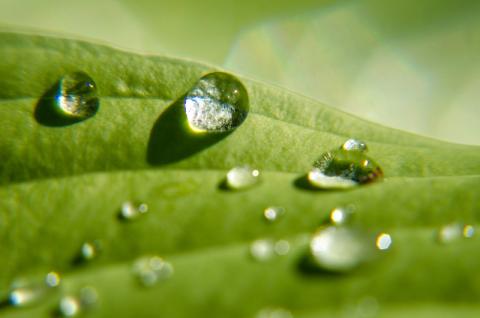
The crop water use report is updated weekly. Visit PHREC AgLab for more information.
Estimated Crop Water Use for June 12-18, 2023
June 12, 2023
Nebraska Extension Educator Gary Stone shares an update on crop growth and potential water needs in the Nebraska Panhandle for mid-June.
Climatologist Behnke is New Manager of Nebraska Mesonet Weather Data Network
June 9, 2023
Behnke, who worked more than five years with the South Dakota Mesonet, began his duties as Nebraska Mesonet manager earlier this spring.
Pasture and Forage Minute: Irrigating First Cutting Alfalfa, Black Grass Bugs and Short Pastures
June 9, 2023
This week — irrigation strategies for moisture-stressed alfalfa prior to first cutting, controlling black grass bugs in wheatgrass, and techniques for stretching pasture.
This Week on N Field: Residual Herbicides in Corn
June 8, 2023
Nebraska Extension Weed Management Specialist Amit Jhala discusses the effect of dry soil conditions on activation of residual herbicides in corn and what can be done to control weeds.
This Week on N Field: Insurance Update for Farm Operations
June 8, 2023
With the arrival of severe weather season, N Field Observations highlights the importance of reviewing and updating insurance policies for your ag operation.
Study Reviews Farmer Irrigation Scheduling Tendencies in Dry Years
June 8, 2023
Many producers in Nebraska will need to irrigate in June to refill the soil profile before high water demand begins in July, but there are numerous factors to consider when calculating the appropriate irrigation amounts.


